 The Hateful Eight
The Hateful Eight
Director: Quentin Tarantino
Starring: Samuel L. Jackson, Kurt Russell, Jennifer Jason Leigh, Walton Googins, Tim Roth, Michael Madsen, Bruce Dern, and Demian Bichir
Quentin Tarantino can do whatever he wants. Even if that means releasing a three-hour plus 70mm special presentation of his newest film, “The Hateful Eight”. Mr. Tarantino’s career, eight films with the inclusion of this one, is nothing short of impressive. His films have spanned from bank robbing gangsters, to vengeful left-for-dead brides, to World War II men on mission; Mr. Tarantino’s films have influenced popular culture and have made an indelible impact on the trajectory of filmmaking. It’s been a filmgoers dream come true. Mr. Tarantino is an encyclopedia of film history, from the classics to the grindhouse, and his knowledge of film has always served as a method of influence. “The Hateful Eight” is the writer/director as his most scaled down yet still unrestricted; eight people in one room with a mystery that connects them all. Sounds like a simple premise right? In the hands of Quentin Tarantino “The Hateful Eight” proves anything but simple.
On a snowy journey in post-Civil War Wyoming, bounty hunter John Ruth (Kurt Russell) is transporting the wanted outlaw Daisy Domergue (Jennifer Jason Leigh) by stagecoach for a meeting with the rope. Along the way Major Marquis Warren (Samuel L. Jackson), also a bounty hunter, waits with three frozen dead outlaws in the middle of the path. Major Warren queries a ride to Minnie’s Haberdashery, a station where he can wait out the oncoming blizzard. Ruth obliges and the group continues the journey. Upon arrival at the station the group meets more people, but something is amiss. Someone is lying about their true intentions.
A bunch of unsavory, unredeemable characters are in a room together under the gleefully self-indulgent manipulation of a writer known for a flourish of discourse and a fascination with bloody and disturbing affairs, how much could go wrong? For the characters everything goes wrong but for the viewer everything, almost, goes right. The composition of the narrative is a whodunit, a mystery akin to an intense poker match where everyone is holding their cards until the last available moment. What the viewer gets is an interrogation, one that moves from freewheeling bar-talk conversation to gun-in-hand threatening, mostly from the character John Ruth, played by an ill-tempered Kurt Russell, who is trying to protect his bounty. Everyone is a suspect in John Ruth’s mind, except Major Warren, played admirable in a leading role by Samuel L. Jackson, who won Ruth’s trust by an association with a famed President. Add in a slew of other wonderfully shady characters, performances by Walton Googins playing a newly appointed Sheriff and Tim Roth playing the executioner/hangman are especially fun, and the plot thickens.
It’s a hard technique to build a mystery, especially at the extensive length fashioned by this script. It would seem that every one of the accomplished actors in the film would get an opportunity to share the spotlight; this isn’t the case even though they all shine during their available time on screen. Mr. Tarantino plants a lot of seeds throughout the film but not all them blossom the way they have in the past. Instead the narrative is filled with other material that overtakes the mystery at the core; political ramblings, racial indifference, feministic inequality, and social confusions are all topics handled straightforward and with the director’s patented violent attributions. While this has potential to weigh the film down unnecessarily, it’s also fascinating to watch Mr. Tarantino operate in this manner.
The legendary Ennio Morricone scores the film brilliantly, providing undeniable tension but also an authenticity that links the film to the past that so clearly influences the motions. The photography is also stunning, both in the vast snowy white of the mountains and within the progressively confining spaces in the haberdashery.
Mr. Tarantino has said that he only plans on making a couple more films then retiring to explore other avenues for his talent to flourish. Whatever platform the director chooses to tell his stories, he will do it utilizing his unique style and approach. If “The Hateful Eight” is a representation of what the future may look like for the director, cinephiles are in for an interesting journey. Quentin Tarantino can do whatever he wants; here he proves that he can do whatever he wants very well.
Side Note: Do yourself a favor and watch this in the 70mm Roadshow presentation, it provides a unique film experience that isn’t readily available anymore.
Monte’s Rating
4.25 out of 5.00

 ‘Concussion’ draws some frightening conclusions
‘Concussion’ draws some frightening conclusions
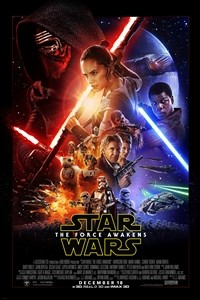 Star Wars: The Force Awakens
Star Wars: The Force Awakens
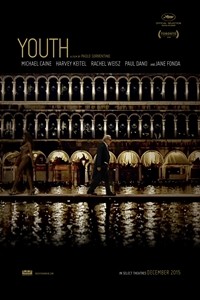 Caine, Keitel and Sorrentino invigorate ‘Youth’
Caine, Keitel and Sorrentino invigorate ‘Youth’
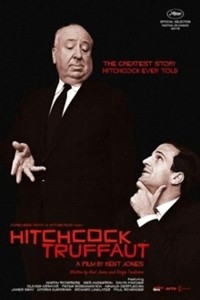 Hitchcock/Truffaut
Directed by: Kent Jones
Hitchcock/Truffaut
Directed by: Kent Jones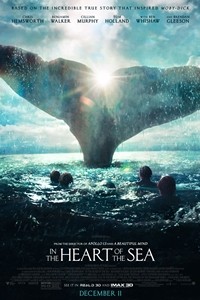 In the Heart of the Sea
In the Heart of the Sea
 ‘Krampus’ does not grant enough horror or comedy wishes
‘Krampus’ does not grant enough horror or comedy wishes
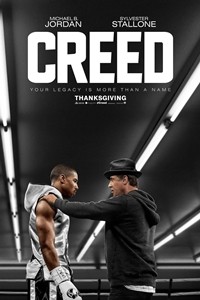 Jordan and Stallone form a winning combination in ‘Creed’
Jordan and Stallone form a winning combination in ‘Creed’
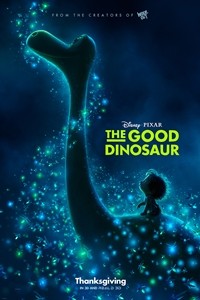 ‘The Good Dinosaur’ visually roars, but the story does not soar
‘The Good Dinosaur’ visually roars, but the story does not soar
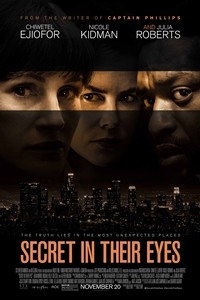 ‘Secret in Their Eyes’ retells an intriguing story but will not repeat an Oscar win
‘Secret in Their Eyes’ retells an intriguing story but will not repeat an Oscar win
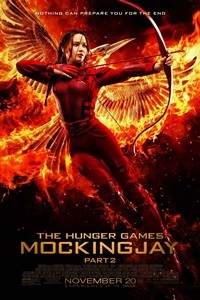 Hunger Games: Mockingjay — Part 2
Hunger Games: Mockingjay — Part 2
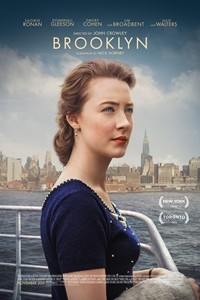 ‘Brooklyn’ never looked so beautiful
‘Brooklyn’ never looked so beautiful
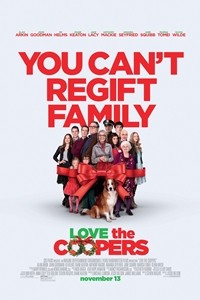 A crowded narrative makes it difficult to ‘Love the Coopers’
A crowded narrative makes it difficult to ‘Love the Coopers’
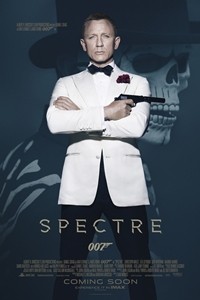 Spectre
Spectre
 The Peanuts Movie
The Peanuts Movie








